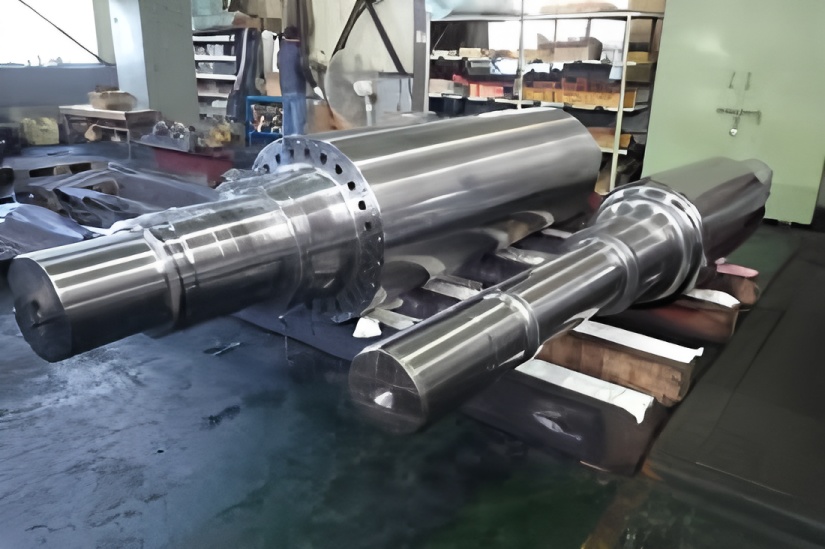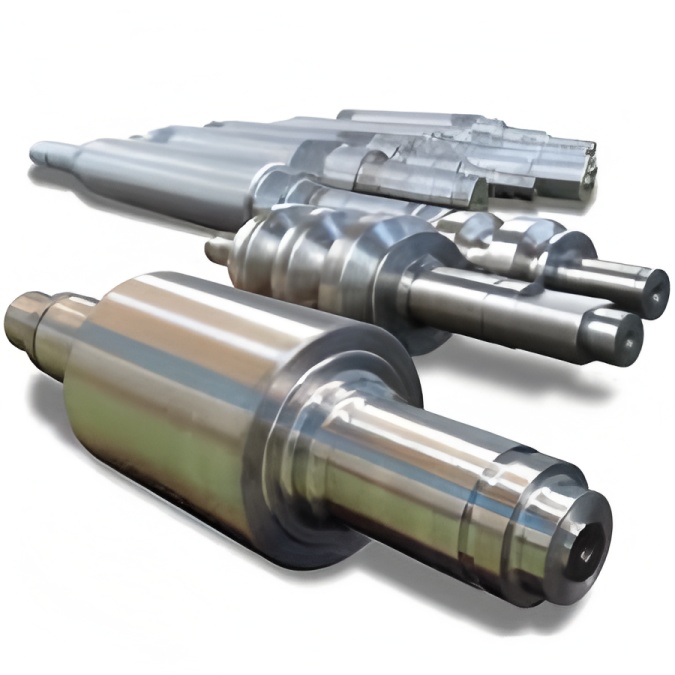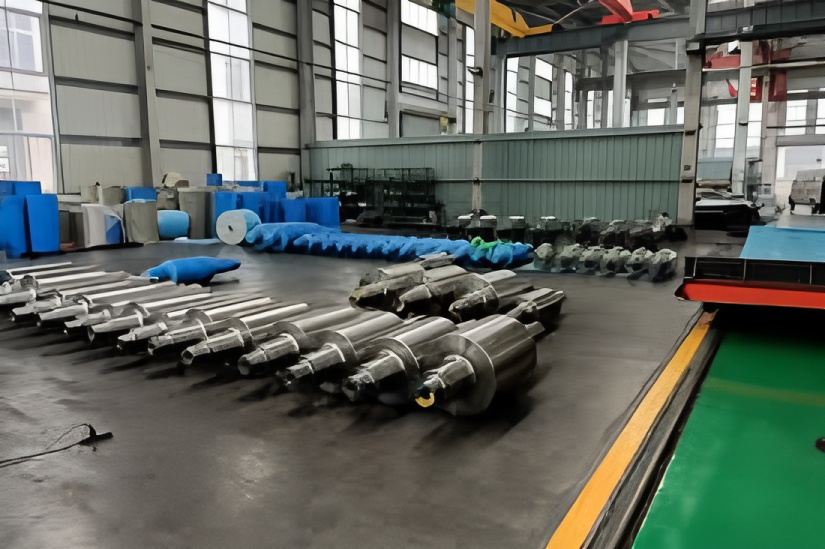Chatter Marks
During strip steel rolling, alternating light and dark stripes often appear perpendicular to the movement direction, known as chatter marks. Practice shows most chatter marks originate from the rolls and are transferred to the strip surface.
1.1 Causes of Roll Chatter Marks
The main causes and manifestations include:
Chatter from grinding wheel spindle vibration, appearing as spiral patterns on the roll surface.
Chatter from poor grinding wheel shape or dull grains, also in spiral patterns. The chatter mark spacing can be calculated using roll and grinding wheel speeds to confirm the source.
Chatter from poor contact of the roll bracket (supporting shoe), appearing as lines parallel to the roll busbar.
Chatter from poor tailstock tip shape, distributed parallel to the roll busbar.
Chatter from poor headstock rotation, also parallel to the roll busbar.
Chatter from resonance between grinding wheel headstock and headstock vibrations, distributed parallel to the roll busbar.
1.2 Elimination Methods for Roll Chatter Marks
First, eliminate the abnormal vibration source. Then, based on chatter severity, select the grinding method: obvious chatter requires rough grinding; insignificant chatter can be addressed with semi-coarse grinding.
Roll Marks
2.1 Manifestations and Causes of Roll Marks
Roll marks include pinholes, dents, indentations, and holes on the roll surface. Irregularly distributed dents, often circular, retain the roll’s surface state or texture. These are typically caused by debris entering the bite area or contact friction between rolls. Preventive measures include:
Identifying debris sources and cleaning the frame.
Improving process lubrication and cooling.
Enhancing pickling coil surface and trimming quality.
Increasing work roll surface hardness and hardening depth.
Reasonably configuring hardness differences between work rolls and intermediate rolls.
2.2 Elimination Methods for Roll Marks
Depending on severity, roll marks are removed by grinding or turning.
Grinding Marks
3.1 Causes of Roll Grinding Marks
Mismatch between roll speed, grinding wheel speed, Z-axis longitudinal movement speed, and grinding wheel feed amount.
Sharp or defective grinding wheel edges.
Insufficient semi-finishing grinding passes, failing to eliminate defects from rough grinding.
Excessive load during fine grinding passes.
Excessive roll crown.
3.2 Preventive Measures and Elimination Methods for Roll Grinding Marks
Preventive Measures:
Configure parameters according to the formula: a = (Vw / Vs) * (Ap / Ds) * (1 / Dw) * m, where a is grinding amount (mm); Vw is workpiece peripheral speed (m/min); Vs is grinding wheel peripheral speed (m/s); Ap is back cutting amount (mm); Ds is grinding wheel diameter (mm); Dw is workpiece diameter (mm); m is effective grinding points per unit length of grinding wheel circumference.
Chamfer sharp grinding wheel edges or dress defective wheels until defects disappear.
Select standard grinding programs based on roll type and adhere strictly.
Ensure defects from previous grinding are eliminated before proceeding.
Control passes and load for finishing, and select softer wheels or reduce wheel convexity.
Elimination Methods:
Typically eliminated by repeated grinding.
Cracks
4.1 Causes of Roll Cracks
Cracks from local stress concentration during rolling or hot roll grinding.
Cracks from mill accidents like strip breaks or jamming.
Cracks from impact due to uneven incoming material thickness, causing excessive rolling force.
Fatigue cracks.
4.2 Elimination Methods for Roll Cracks
To prevent roll spalling or major defects, address cracks promptly and remove them completely. During grinding, carefully inspect rolls and mark cracks on the roll neck for tracking. For small cracks, use dye penetrant or flaw detection after grinding to confirm removal. For large, deep cracks, use fixed-point plunge grinding to assess depth.
Spalling (Material Loss)
Roll spalling refers to the separation of material from the roll body.
5.1 Roll Surface Spalling
Accident-Induced Spalling: Strip breakage, tail flicking, or strip overlapping causes jamming or slippage, leading to thermal shock and burns on the roll surface, creating stress concentration. If rolling stress exceeds the roll’s tensile strength, surface cracks propagate, causing spalling.
High-Cycle Fatigue Spalling: Caused by sub-surface cracks, common in second intermediate and backup rolls, often without mill accidents. This “friable” spalling starts under the surface. Repeated stress cycles below the material’s strength can initiate fatigue cracks, propagating to the surface.
5.2 Roll End Material Loss
Caused by abnormal thrust bearing operation.
Incorrect positioning or abnormality of the roll changing trolley during roll changes.
Impact damage from lifting or other accidents.
5.3 Treatment Methods for Roll Spalling
Surface spalling: Use rough grinding + flaw detection until defects are eliminated.
Roll end spalling: Mild cases are treated by grinding; severe cases may lead to roll scrapping.
Supporting Shoe Marks
6.1 Causes of Supporting Shoe Marks
These marks occur on small-diameter rolls requiring support during grinding, such as work rolls in twenty-high mills or intermediate rolls. Causes include:
Uneven supporting shoes or burrs.
Impurities in shoe material or embedded abrasive particles/iron filings scratching the roll during grinding.
6.2 Elimination Methods for Supporting Shoe Marks
Typically eliminated using backing paper, half-pass grinding, or repeated grinding.



